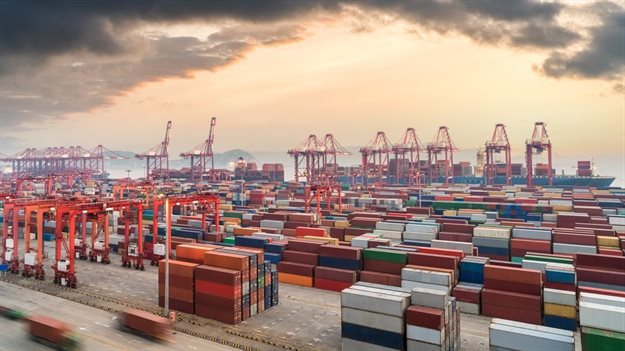Gauteng Growth and Development Agency highlights role of AfCFTA in eliminating poverty
According to the Gauteng Growth and Development Agency (GGDA), the African Continental Free Trade Agreement (AfCFTA) will create one of the largest free trade areas in the world, connecting 55 countries in Africa with a combined gross domestic product (GDP) valued at $3.4tn.

Source: Gallo/Getty
It has the potential to lift 30 million people out of extreme poverty, but achieving its full potential will depend on putting in place significant policy reforms and trade facilitation measures, says the agency. It will make African countries more competitive. Successful implementation will be key, including careful monitoring of impacts on all workers — women and men, skilled and unskilled — across all countries and sectors, ensuring the agreement’s full benefit.
AfCFTA can boost Africa’s income by $450bn by 2035 (a gain of 7%), while adding $76bn to the income of the rest of the world, says the GGDA. Looking at the person in the street, it has created the possibility of lifting 30 million Africans out of extreme poverty and boosting the incomes of nearly 68 million others who live on less than $5.50 a day.
Under AfCFTA, extreme poverty would decline across the African continent — with the biggest improvements in countries with currently high poverty rates:
- West Africa would see the biggest decline in the number of people living in extreme poverty — a decline of 12 million (more than a third of the total for all of Africa).
- Central Africa would see a decline of 9.3 million.
- Eastern Africa would see a decline of 4.8 million.
- Southern Africa would see a decline of 3.9 million.
- Countries with the highest initial poverty rates would see the biggest declines in poverty rates.
- In Guinea-Bissau, the rate would decline from 37.9% to 27.7%.
- In Mali, the rate would decline from 14.4% to 6.8%.
- In Togo, it would decline from 24.1% to 16.9%.
The full implementation of AfCFTA, will see red tape cut and customs procedures simplified, says the GGDA. According to the Economic Commission for Africa (UNECA), the AfCFTA has the potential to boost intra-African trade by 52.3% by eliminating import duties, it will drive $292bn of the $450bn in potential income gains.
As the global economy is in turmoil due to the Covid-19 pandemic, the creation of the vast AfCFTA regional market will enable African countries to diversify their exports, accelerate growth, and attract foreign direct investment.
The GGDA is developing and implementing the AfCFTA Gauteng roadmap that will assist Gauteng companies to increase trade and expand operations into the rest of the continent. At a recent webinar on unlocking Africa’s possibilities through AfCFTA, Mosa Tshabalala, group CEO of GGDA said, “Over the last six years, the Gauteng region had exported goods and services to the African region to the value of R6tn."
Facilitating trade
“The GGDA identifies and facilitates trade between South African and African countries. Even small countries are welcomed. The agency looks for opportunities to leverage off each other’s common sectors and needs. A great example of this is the automotive sector in Ghana working together with the Tshwane Automotive Special Economic Zones,“ added Tshabalala.
Another example is the expanding cocoa industry in Ghana. It has created 800,000 jobs for farmers in that country and makes up 21% of the cocoa market share of West Africa. It exports 10% of its chocolate to Gauteng, and this is expected to grow. The GGDA facilitated the collaboration between Ghanaian cocoa manufacturers and South African companies that were at the end of the processing chain. The finished product was then sold by the South African market to the rest of the world.
The GGDA plans to identify infrastructure opportunities between the African countries and Gauteng province companies, strengthen the role played by these companies and train them to be export ready.


